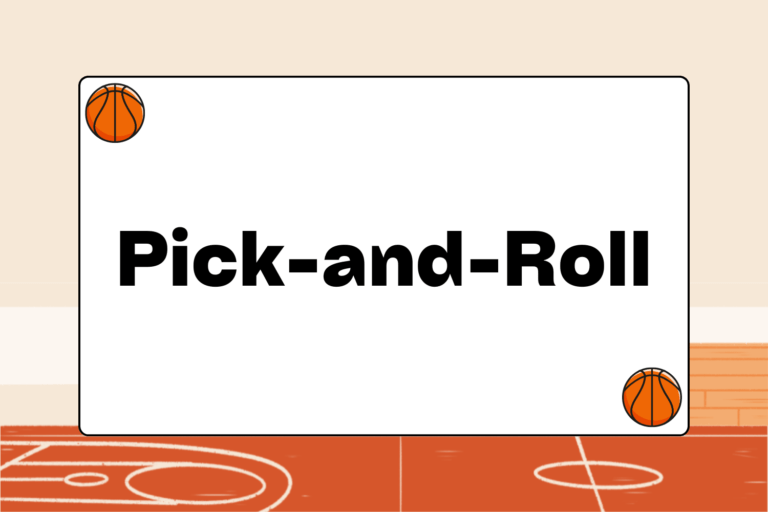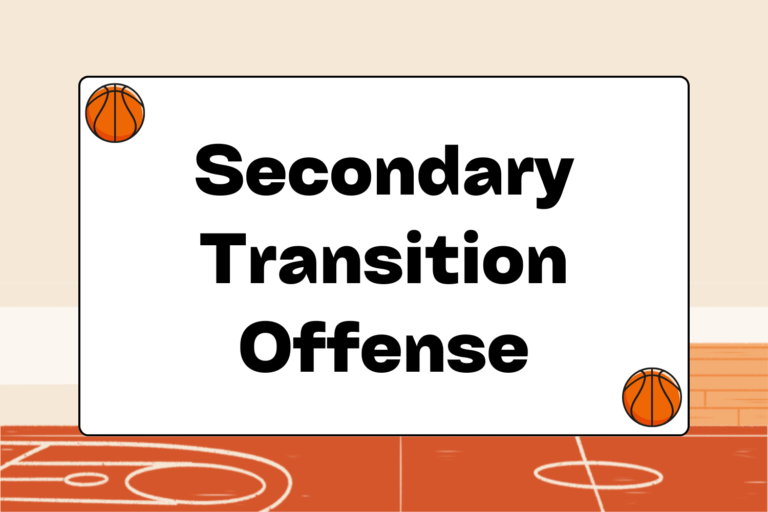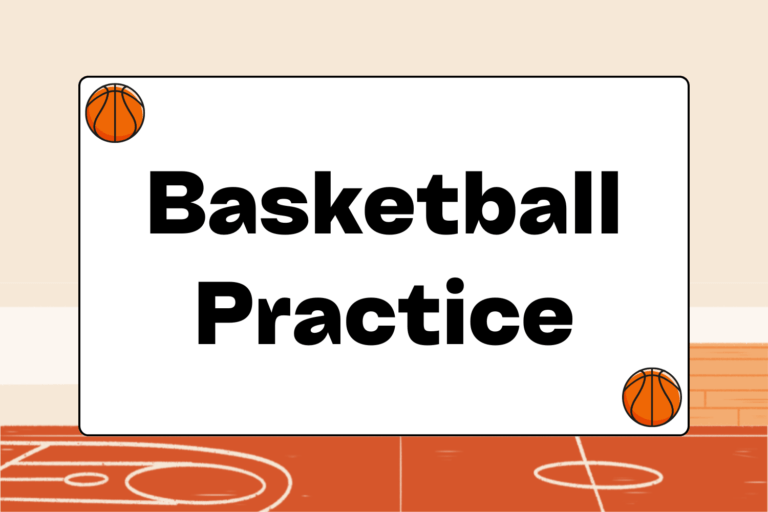Trapping defenses are an effective way for most teams to create a turnover. Traps take a defense out of their normal man or zone framework and put pressure on the opposing offense. They’re a great change-of-pace look for a defense and they’re especially useful for teams that lack size or speed when matching up with an offense. The rest of this guide explains the best situations for using a trap defense, and it breaks down how to effectively implement the scheme.
An Overview of the Trap Defense
A trap defense places pressure on the offense by double-teaming the ball-handler and forcing him to make a quick decision. Good trapping defenses focus on the following zones of the floor:
- Along the baseline
- Along the sideline
- In the corner of the offensive zone
- Against the half-court line, immediately after the point guard crosses it
These areas of the floor allow the defense to use the boundary as a teammate. The corners of the offensive zone are the ideal areas to set a trap; this is no-man’s land for a ball-handler, who wants to avoid picking up the dribble at all costs in these zones. However, a well-set trap can force the ball-handler to quickly pick up his dribble and look for an open teammate who may not be there.
On the other hand, most coaches tell their players to avoid setting traps in the center of the floor. From this vantage point, the ball-handler can more easily scan the floor for an open teammate.
Most coaches also avoid trapping the other team’s big men, especially with smaller perimeter players. Big men can more easily scan the floor over the top of perimeter players. However, quick guards make the best trappers. For that reason, most traps attack guards.
Setting the Trap
In the man-to-man defense, the trap is set when a second defender sprints to double-team the ball-handler, forcing him to pick up his dribble. The defender’s teammates block the ball-handler’s view and obscure the passing lanes. They keep their hands level with the ball, raising their hands if the ball-handler raises the ball, and lowering them to deflect a pass. The trapping teammates also keep their knees together, to prevent the ball-handler from splitting the double-team.
The trapping defender must arrive quickly. A late trap is the biggest reason traps don’t work. In fact, many coaches avoid trap defenses altogether in fear that the defenders will arrive too late. The trapping defender should arrive just as the ball-handler picks up his dribble, and he should stay glued to the ball-handler until he passes or splits the double-team. He should retreat just as quickly once the ball is passed out of the double-team.
Mental Edge
The trap defense is like a blitz in football. By sending an extra man to attack the ball, you’re leaving someone else on the floor open. It’s an aggressive defense, but using it too often can be like going to the well too many times — it can leave you high and dry.
Help Defense
Help defense is just as important as a quick, decisive trap. When the trapping defender in a man defense sprints to create a double-team, he naturally leaves the man he was guarding open. Passing to the open man is the obvious solution for the double-teamed ball-handler.
Therefore, defensive teammates must slide over to guard the man left open by the double-teamer. That defender must also have his hands raised and be poised to deflect a skip pass. In this way, a good trapping defense is a team defense, not merely a trap set by two defenders.
Trapping Zones
Trapping zones have become one of the hallmarks of aggressive defense. They’re a great way to trim leads quickly and to apply pressure to teams that have trouble handling the ball. They’re often used by teams that are undersized or quicker than their opponents. A quick trap is also a great surprise at a strategic point in a game, and it can catch even the best ball-handling teams off guard.
1-3-1 Half-court Trap
The half-court trap begins with an attacking defender who traps the point guard once he crosses center court. The other guard sets up at the top of the key and the two wing players flank him along the wings. The post player defends the basket and sets up in the middle of the paint.
To understand half-court trap responsibilities, the court should be divided into four quadrants: Imagine that the foul line extends to both sidelines, and that a line goes straight down the center of the court.
In this scheme, each player has the following role:
- The point defender has ball responsibility when the ball’s above the foul line.
- Each wing player has ball responsibility when the ball’s on his half of the court.
- The post player has ball responsibility when the ball’s beneath the foul line.
- The middle player must defend against passes into the paint when the ball’s up high, and passes out of the paint when the ball‘s down low.
The half-court trap relies on excellent sprinting ability and quick adjustments to passes. Because it‘s vulnerable to cross-court or skip passes, the defender in the middle must be able to guard the man left open by the double-team, and he should also be ready to defend a long pass.
1-3-1 Full-court Trap
A full-court trap or press is most often used to accelerate the pace of a game when the defensive team is trailing and needs quick buckets. It’s a high-risk, high-pressure defense that takes advantage of weak passers and slower teams.
In the full-court version, the point man’s sole job is to press the dribbler and steer him toward the sideline to meet the waiting wing player:
- The point man is usually instructed to steer the dribbler toward his weaker hand.
- The wing players must set a quick trap — a slow trap on the wing is the biggest reason that teams are able to break a press.
- The wing player on the opposite side must quickly pick up the in-bounder, who’s usually sprinting down the center of the court.
- The middle player guards the center circle and everything that comes through it. He must be positioned to pick off a pass or guard a streaking offensive player.
- The post player has to stay at home and guard the basket. If he gambles to steal a pass and misses, he’ll leave the offensive team with an open lay-up.
Fun Fact
Coach Rick Pitino didn’t invent the full-court trap, but he might have perfected it. His teams at the University of Kentucky and University of Louisville have been known for creating turnovers and tiring out opponents by using trapping, full-court pressure defense for long stretches of games.
Steering the Ball-handler
A well-designed trap steers the ball-handler toward the trapping zones on the floor, where the ball is met by the trapping defender. For this reason, most traps start with a zone in which one man stands in the center of the floor, waiting to steer the ball to one side or the other.
No-no’s of Trap Defense
Trapping teams must avoid a few common mistakes, such as:
- Reaching in: A defensive reach instantly makes a good trap bad. Reach-ins usually result in foul calls, and they’re easy to spot. Remember to keep your hands at ball level and away from the ball-handler’s arms.
- Late-arriving traps: This is the biggest reason that trapping defenses fail. The wing and post players must be on their toes and able to arrive as the ball-handler picks up the dribble.
- Failure to help: The weak-side defender must remember to slide over and guard the man left open by the trapping defender. Help has to be quick.
- Avoiding contact: Traps work when they draw contact from the ball-handler. Don’t be afraid to set your feet and absorb some contact. Drawing a charge is a great way to finish a solid trap.
Executing the trap requires all five men to be on the same page defensively. The trap is a high-risk defense, meaning that it can lead to easy baskets if it’s not executed correctly.





